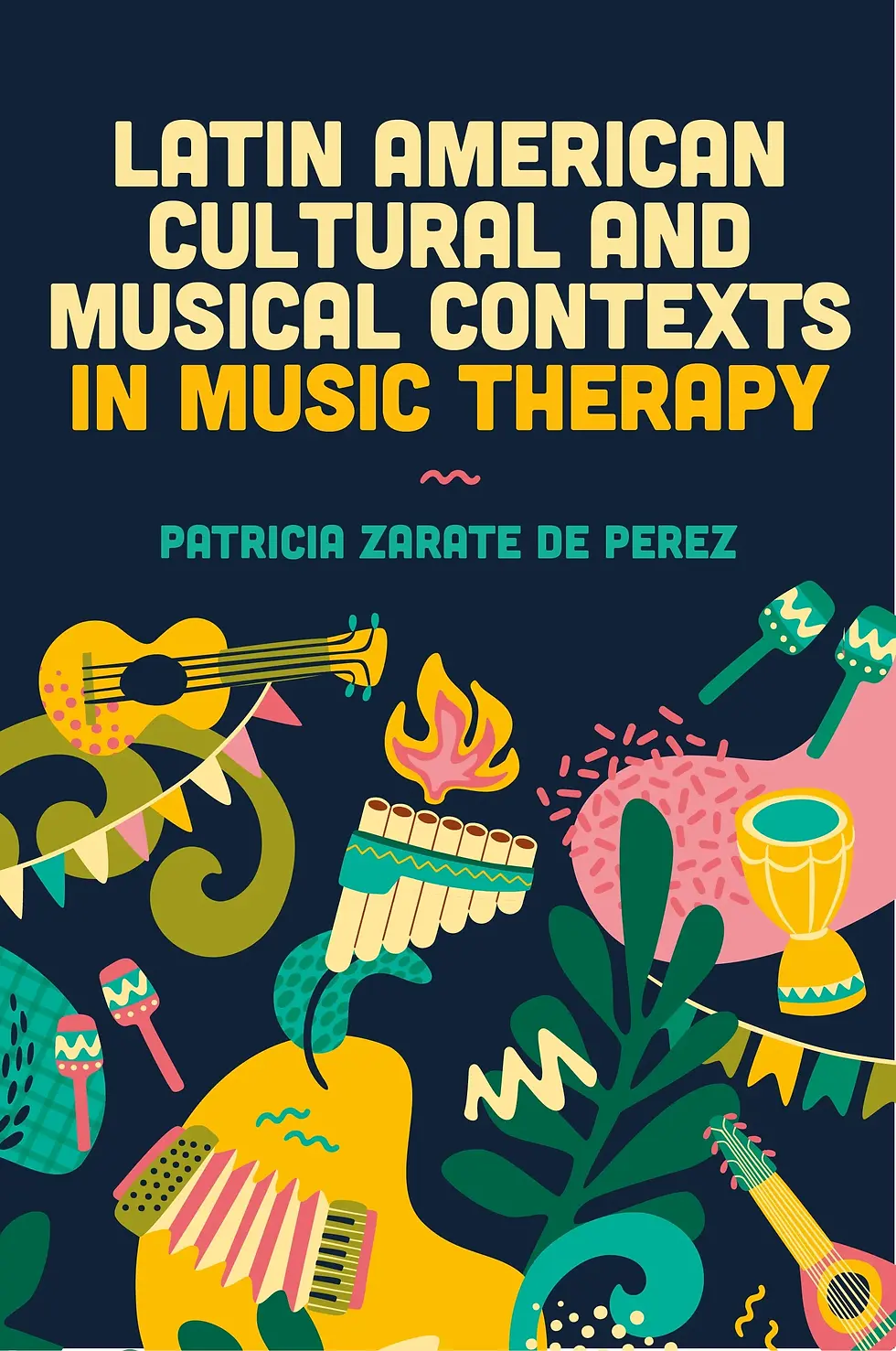Music therapy in palliative care
- evenruud
- Aug 20
- 2 min read

Victoria Kammin and Julie Russel (Eds.). Music Therapy in Children’s Palliative Care: Collaborative Family and Practitioner Voices. Routledge.
This book is a collection of articles that highlight collaboration between music therapists and family members in the care of children and young people receiving palliative care. Across nine chapters, we are given close and sensitive portrayals of an extremely vulnerable field of music therapy – working with children facing an untimely death. As the title suggests, the chapters are co-written by music therapists and family members. In this way, we learn not only how the music therapist meets the child, reflects, plans, organizes, and collaborates with relatives, but also how the families themselves experience these encounters – their perspectives on the collaboration, and especially their descriptions of how the children experienced the music.
Methodological creativity and experiential knowledge
This is work that requires great creativity and musical expertise. The value of songwriting is particularly emphasized. The starting point may be the child’s favorite songs, which are then given new lyrics, or texts contributed by parents and children that the music therapist sets to music. Recordings of sound and video become a musical legacy after the children have passed away. Favorite songs and video recordings from the music therapy sessions are often experienced as a form of communication with the child, even after their death.
This book clearly demonstrates the importance of experiential knowledge. Much of this knowledge is developed by the families themselves, and the book is a way for them to pass it on to other parents and relatives. These narratives – especially the families’ affirmations of music therapy’s significance – seem to outweigh rigid evidence-based requirements for practice. The profound gratitude expressed throughout the chapters bears witness to just how essential music therapy can be for this group of children and young people. At the same time, part of the focus is also on the parents, who, during long and difficult periods, are in great need of emotional support and help in bearing the pain of potentially losing a child.
Emotionally demanding work
Several important themes are addressed. Among them is the challenge music therapists face in processing their own emotions, which inevitably arise in such emotionally demanding work. Other issues discussed include the language used, and the difficult considerations around speaking directly about death.
This is a field of practice that Norwegian music therapists working in pediatrics also encounter. Everyone working with seriously ill children and young people will meet clients in need of palliative care, and some have begun to focus specifically on palliative music therapy in pediatric contexts. I noticed that Monika Overås’ scoping review appears in the references, which shows that we, too, can contribute to this field of practice.
Everyone will certainly have much to learn from this book. But it is also a deeply moving read. It is heavy to take in the daily struggles many parents face, yet uplifting to see how much the work of music therapy and music therapists is truly valued.








Comments